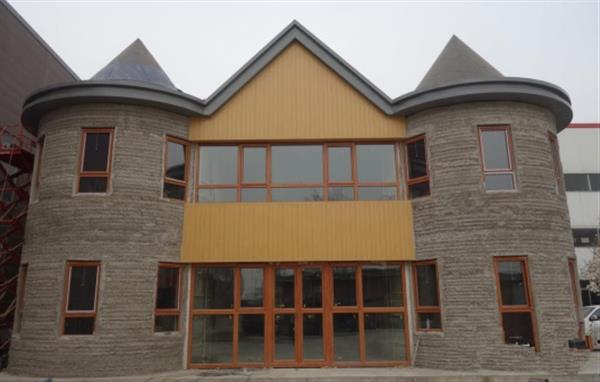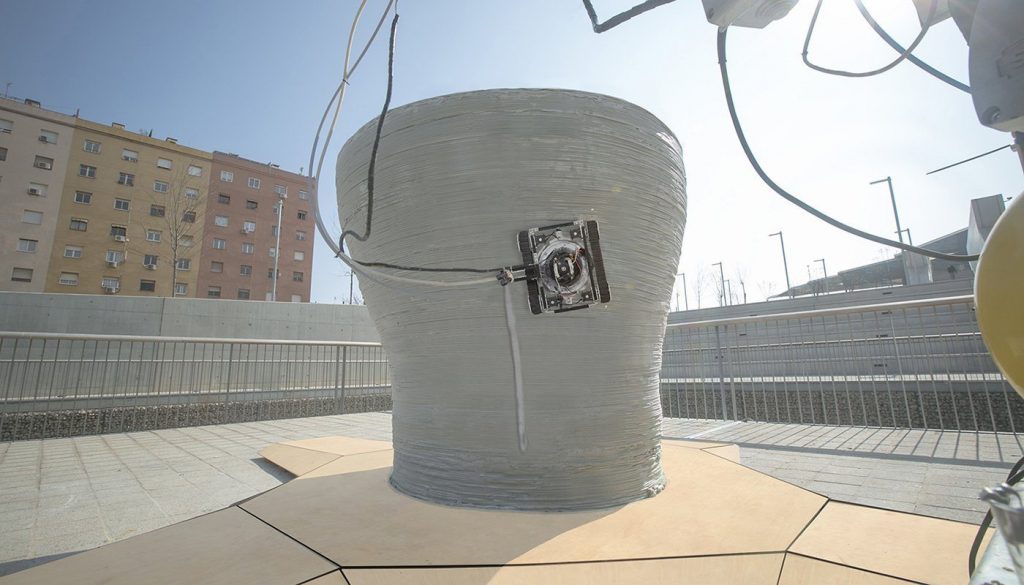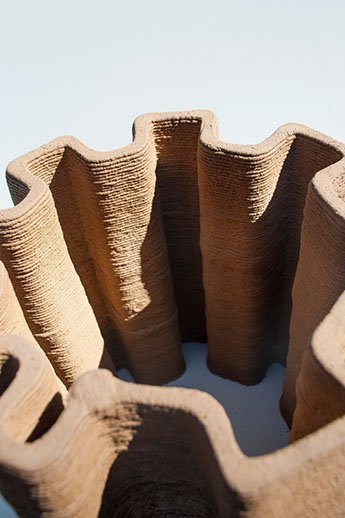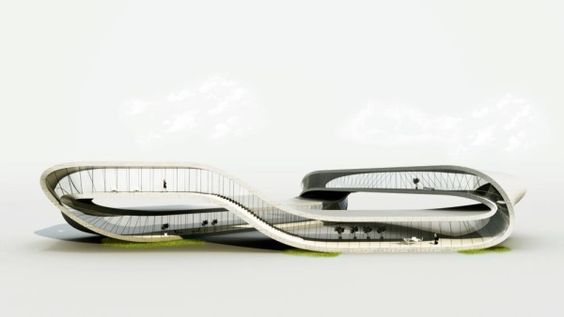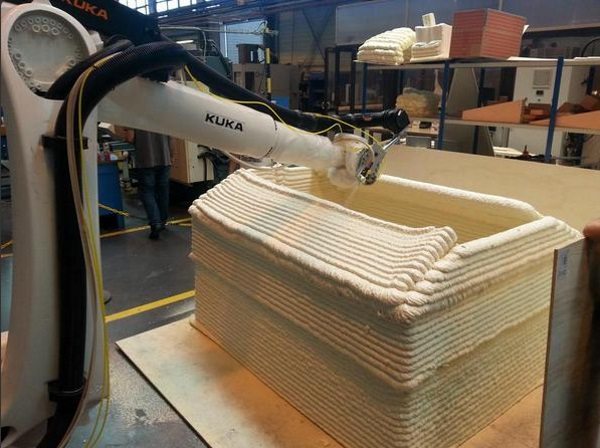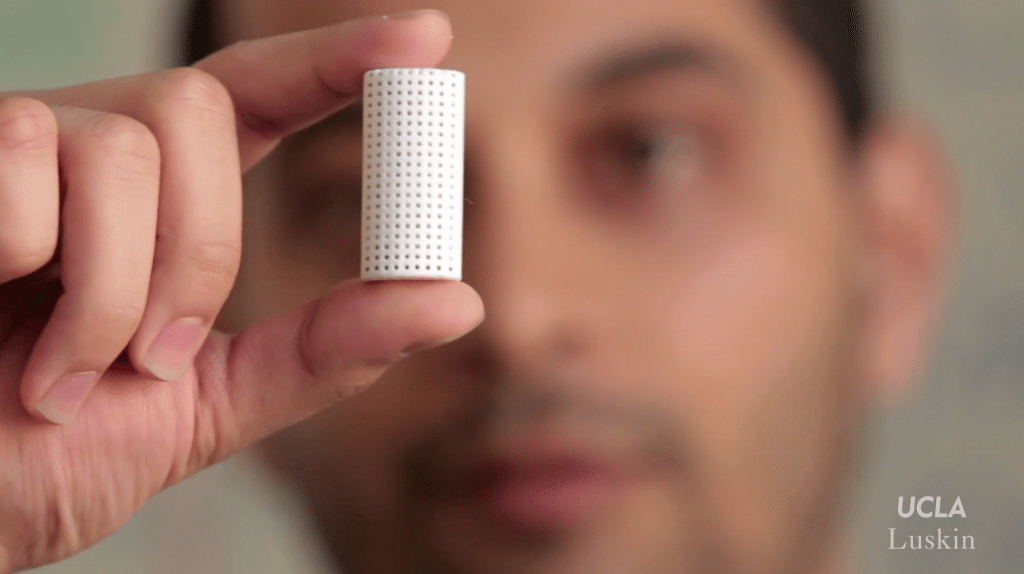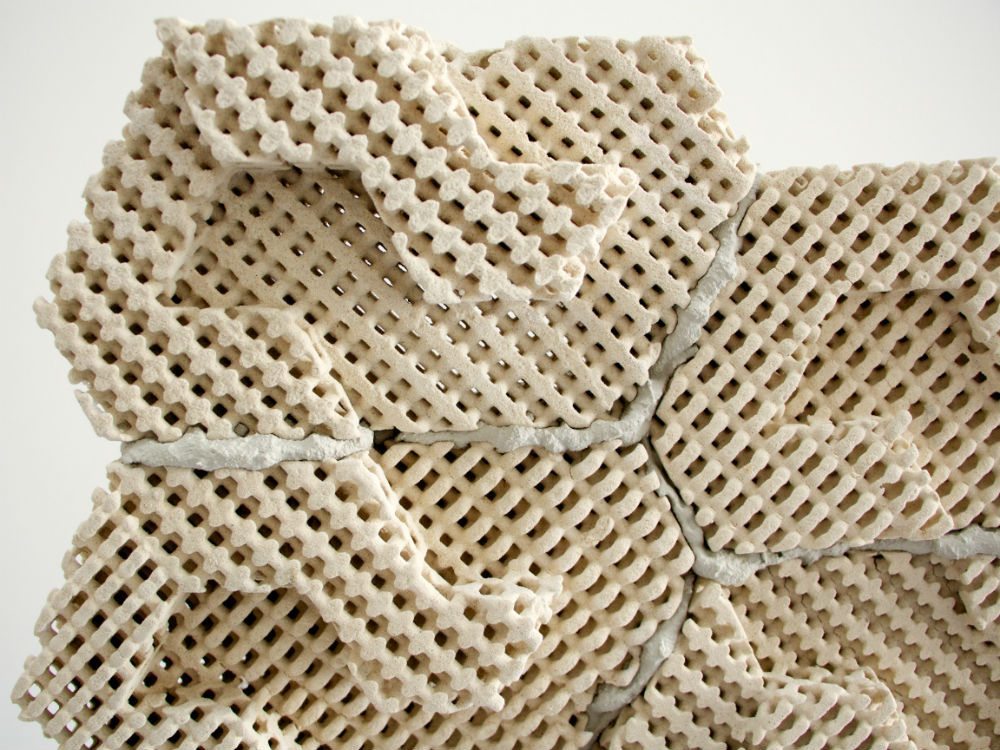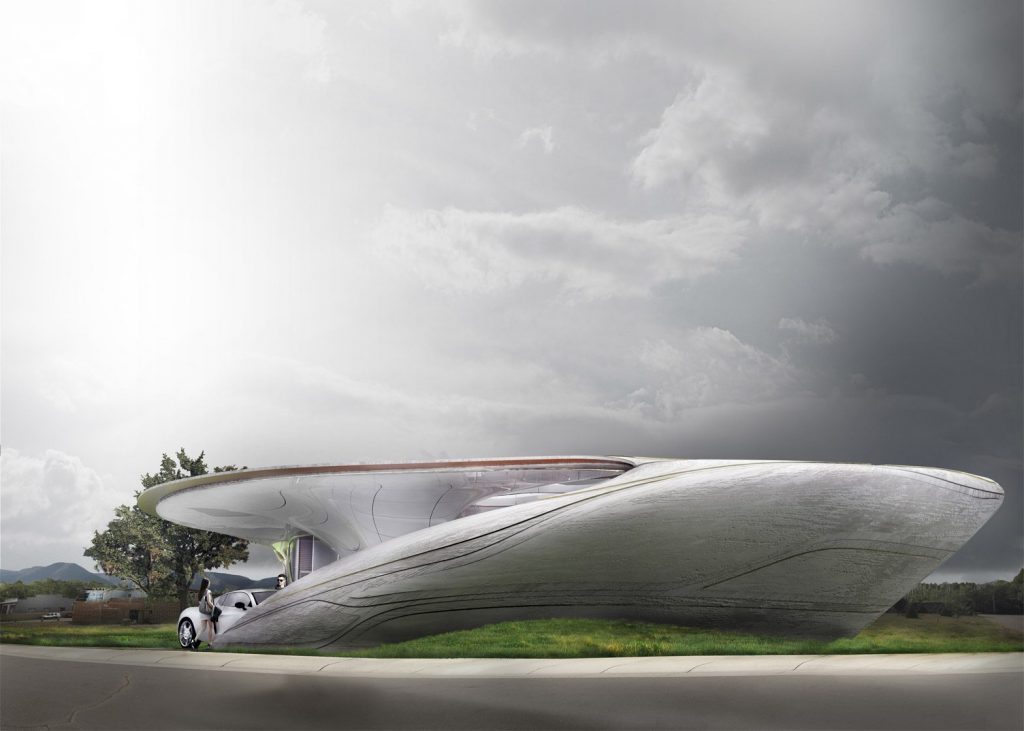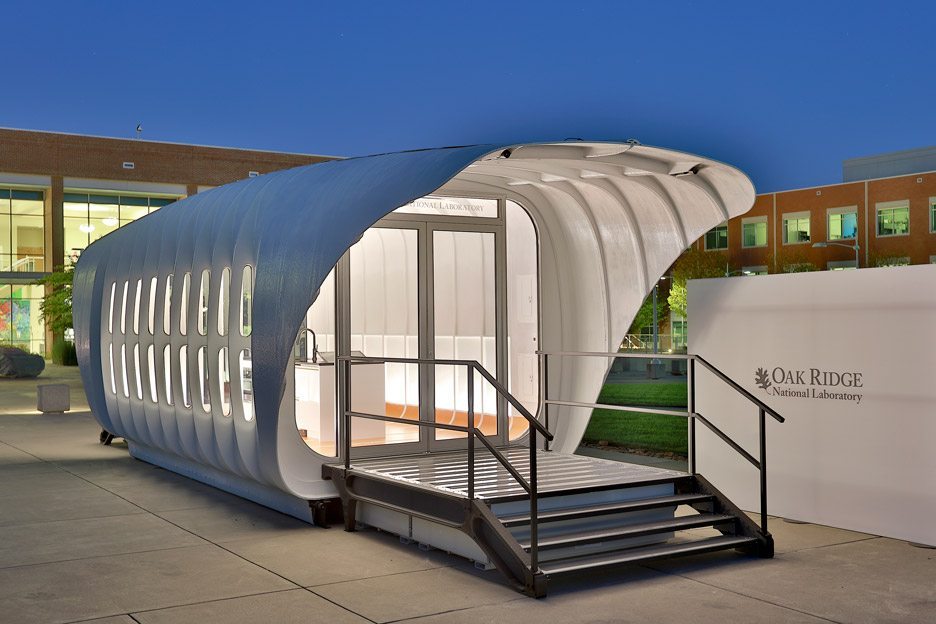Nobody could have envisaged that one day we could really print a house when 3D printing was in its infancy. But here we are, just 30 years later and it’s happening.
The housing market is watching additive manufacturing with a curious blend of excitement and anxiety. Nobody really knows what is coming next, but we do know that there is upheaval on the horizon.
3D printing has the capacity to provide basic housing for the poor, extravagant mansions for the rich and just about everything in between and beyond.
“Housing is one of the most costly expenses of our lives. 3D printing will dramatically reduce the cost of housing, and increase the speed of construction. 3D printing-driven innovation in construction will empower people by creating more disposable income for homeowners, and generally improve the quality of our lives.” – Hermes Moore.
We’re at the start of a curve with no crescendo in sight and it’s an exciting time to be a part of this. Here are 10 of the best 3D printing innovations in the construction industry.
1. The Printed Villa
Who: Hushang Tengda
What: 400m square villa printed on site in 45 days
where: Beijing, China
While others debate the methodology and the finer points, this Chinese company simply went and built a villa with a robotic arm attached to a 3D printer head.
It’s a full-sized house that was printed on to a steel frame in just 45 days. Every wall is 250mm thick, the building can withstand an earthquake that measures an 8 on the Richter scale and it’s a better house in many respects. It also allowed the company to create extravagant turrets that would be a serious time-suck for a team of builders.
This villa would have taken three months with traditional methods. So 3D printing cut the time, labour and material costs. Printing on site was a big step forward and showed that we are homing in on 3D printed houses.
There is no compromise with this villa and it is one of the first that has been printed on site, as a functional house rather than a simple engineering demonstration. We might look back on this one building in the not too distant future and see it as a landmark and a tipping point. This really could be the house that changed the world.
2. Minibuilders
who: Institute of Advance Architecture of Catalonia
what: An army of robots that build as a unit
where: Barcelona
This is a wholly new concept and quite possibly points the way forward for the industry. Instead of one large printer, the Minibuilders use an army of smaller machines that are the size of desktop printers. The biggest is just 42cm, but these printers can create skyscrapers.
One type lays the foundations before a second type of machine is clamped on to the small wall to build it up to any height we need. The machines are easy to transport, the construction company can use as many as it wants and they can even hang upside down and print a ceiling. Unlike builders, they can also work round the clock.
It’s a serious breakthrough and removes the logistical problems of putting a huge printer on site. It means they can work anywhere, from remote and poverty-stricken areas through to the most crowded city landscape. Watch this one closely, it could shape the industry.
3. Printed Soil
Who: IAAC
What: Literally creating a building from the soil on site.
Where: Barcelona
This is another groundbreaking project from the IAAC, literally. The institute has found a way to take soil from the ground, combine it with just a few additives and turn it into a building material with a tensile strength three times higher than industrial clay.
This is a simply massive discovery that could change the whole world, let alone the construction industry. If the team can feed soil into their Minibuilders then they can take this set-up to the poorest countries in the world and build schools, houses and even hospitals from the ground we walk on.
Right now, we have to factor in the cost of transporting filament, or raw materials, to the build site. The ability to turn the soil underfoot into a workable construction material changes everything. It means we can build in remote areas and it could even mean we can populate other worlds.
It’s really hard to oversell this discovery, it’s making housing from virtually nothing. It’s huge.
4. Landscape House
who: Janjaap Ruijssenaars
what: A house with no beginning and end
where: Amsterdam
Like the Chinese competition, Janjaap Ruijssenaars has found a way to actually print this house, in scale model form for now, during an exhibition in Amsterdam.
It’s an elegant house where design and form play as much of a part as function and the Mobius house, which technically has no beginning and no end, looks a bit like one long corridor. It is a stunning piece of design, though, and it’s printable with one 20-foot robotic arm attached to a mobile base.
One big win for the industry here is that Rijssenaars is not an additive manufacturing man and had no intention of using 3D printing for the house.
That was before he realised that it was going to be the simplest and most cost-effective way to create his architectural masterpiece. Just a few years ago, this would have been a pipe dream. Now 3D printing on a grand scale is becoming a viable option.
5. Emergency accommodation
who: INNOprint
what: Shelters that can be ready to go in 30 minutes
where: Nantes, France
In the wake of a disaster, thousands of people can be left without basic shelter and that can make a bad situation a lot worse. This simple idea from the University of Nantes could help victims of earthquakes, hurricanes and more get through a tough time.
The INNOprint isn’t designed to make pretty houses. They don’t even have to last a long time. These are basic shelters that can get people out of the cold, wet or otherwise just plain nasty as quickly as possible. The shelters are made from polyurethane and they are constructed by a robotic arm with a printer head at the end.
It’s all about print speed, which matters when you have people to take care of. This is a piece of equipment that charities around the world would love to get their hands on as it could make caring for huge numbers of displaced people in the wake of a disaster that much easier.
It could also spell the end of tent cities, which are a blight on mankind, and provide cheap housing for the poor.
6. Print stock from pollution
who: CO2NCRETE
what: Carbon Dioxide emissions converted into concrete print stock
where: Los Angeles, USA
This novel concept is still in the experimental phase, but it shows just what we can achieve when we put our minds to it. By capturing the emissions from power plants and turn it into a print stock we can use to replace cement, which comes with its own environmental cost.
If this new print stock can replace cement and power the 3D printers of tomorrow, then it could have a seismic impact on the carbon footprint of the construction and power industries. It could then go further and help lower the net impact of manufacturing as a whole.
It solves two major problems at a stroke. It is serious science and we’re sure there’s a future here.
7. A bridge
who: MX3D
what: A 3D printed steel bridge across a canal
where: Amsterdam
Buildings aren’t everything. There are a vast number of other construction projects that present as big, if not bigger, engineering challenges. A bridge is certainly one of them.
The IAAC had a hand in this project, too, and it’s an ongoing project that started last year. Essentially it will use two robots to print the bridge and support themselves as they go.
Ensuring it meets all the standards, it meets all the requisite structural requirements and indeed that it works is a massive engineering challenge that the team is tackling in bite-sized chunks.
Using multi-axis 3D printing, with six axes of movement, the printer itself should have a vast array of applications. It’s a modified automotive robot and welder, in essence, that works with an extruder to create the bridge.
The footbridge should be up and running by 2017 and after that the team can apply the lessons learned from the geometry and real-world build process to take metal frame structures into other areas of construction.
8. Cool Bricks
who: Emerging Object
what: Bricks with an evaporative cooling system built in.
where: Oakland
We don’t always have to print the whole structure for 3D printing to have a profound impact on the construction industry. These porous bricks are essentially a modern day version of the old-school wooden lattices covering windows with a jar of water inside.
This was a form of air-conditioning in arid climes and is still used in some corners of the world. The ready availability of electricity means that air con has taken over, but it is expensive to run and is far from environmentally friendly.
You could, though, build an entire house from these porous ceramic bricks, or simply use them for one wall. The structure means it soaks up water and then when air passes through it the water evaporates and you get a flow of cool air into the house.
It might sound primitive, but company founder Ronald Rael is a professor at the University of California Berkeley and is convinced that we can reimagine a number of old-world construction techniques that offered serious benefits now we have 3D printing at our disposal.
9. Curve Appeal
who: WATG’s Urban Architecture Studio
what: A carbon fiber and plastic freeform house
where: Chicago
The industry has focused on concrete and brick houses, because that is what we’re used to. But a team of architects in Chicago is determined to challenge our preconceptions with a spectacular house produced from carbon-fiber and plastic.
There isn’t a straight wall in sight, which makes sense given the name, and it will be made from Branch Technology’s self-supporting, carbon-fiber reinforced plastic that can be printed relatively easily.
The house will be made in a number of panels that can then be welded together on site. So this development is more about the material science and the design than the construction technique itself.
The designers have taken inspiration from the natural world and this is a radical departure from the traditional concept of a house, with a cellular structure that provides load bearing walls and a sense of drama.
Once the shell has been printed, foam will be sprayed around the structure for insulation and additional strength. It’s going to be interesting to see the impact this has on the industry as a whole and whether the public can handle living in plastic houses in the years ahead.
If they can, and they should, then concrete houses might become a thing of the past.
10. Off-grid pod
who: Skidmore, Owings & Merrill (SOM)
what: An off-grid pod that shares energy with a car
where: Oak Ridge
This unique proposition was unveiled at the International Builders Show in Las Vegas in January and claims to be the largest 3D printed polymer structure in the world. It’s 38 feet long and 12 feet wide, so this is the modern day double wide trailer.
Architectural firm SOM teamed up with the Department of Energy’s Oak Ridge National Laboratory to showcase a new approach to energy conservation. Solar panels on the roof feed a battery that powers the building and charges an Oak Ridge designed jeep that comes with it.
That means we could set-up home anywhere and we can take advantage of cheap, undeveloped land. Of course it also has applications in remote locations and could be a gamechanger for charities and big business looking to explore the furthest reaches. It could also serve as a small medical facility, school or research outpost.
Or it could just be the next gen trailer park staple. But that remains to be seen.



